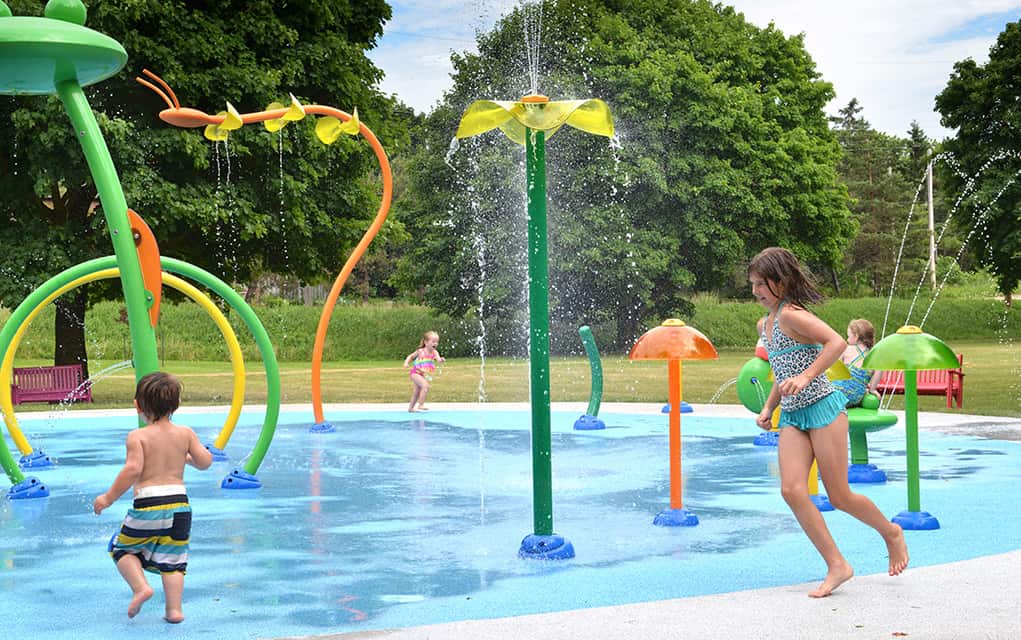Those who found last years’ summer a bit too chilly will be pleased we’ll be seeing more hot weather in the summer that kicks off this week. The next three months will be what David Phillips, senior climatologist for Environment Canada, referred to as the Goldilocks of summers: Not too hot, not too cold, but just right.
“If you take a look at the last two summers, it tells you almost what this one is going to be like,” explained Phillips. “Now 2016 in the Waterloo Region, we had 25 or 26 days where the temperature rose above 30. Last year, it was five days.”
This year, he’s predicting 10 to 14 days in that range.
Typically around this time of year in the region, the temperatures are around 24 for a high, and 12 for a low.
“What we [saw] this weekend [were] temperatures that rocketed up there to 30 degrees or more,” said Phillips. “So that’s sort of going to be the dress rehearsal or the preview for the rest of the summer.”
Already, we have had about an equal number of days above 30 than we had all of the last summer, according to Phillips.
The warmer summers, such as 2016, appeal more to the younger generation, allowing for plenty of carefree days at the beach, he suggests. The cooler summers are more for an older generation, who don’t have to worry about turning their AC on full blast constantly. But this summer should appeal to every age group.
“This augurs well for people who like to wear muscle shirts and tank tops,” said Phillips. “And think about it as, ‘hey, it’s what your parents and teachers told us summers would be.’ Hot summers and cold winters. So this is going to be more for everybody.”
Summer officially started today (Thursday) at 6 a.m. However, despite having an ideal amount of warm days, there will be challenges as well.
“My sense is that what the issue this summer might very well be is the lack of precipitation,” said Phillips. “Maybe more drought situations, not as green of a lawn as we had last year. Crops needing irrigation. So my sense is, if it is warmer than normal, the greater demands on that rain, and if it occurs in gully-washers like the thunderstorms, it will be good for some people and not for others.”
However, precipitation is difficult for Environment Canada to foresee. This prediction is based on the rain amount of the previous months, April, May, and June.
There is also severe weather in the forecast, which is common across southern Ontario. It occurs in every season, and it predictably will this summer, for instance, in the form of thunderstorms.
“Severe weather affects everybody,” said Phillips. “The good thing about that in the summertime is that it hits and runs. It doesn’t sort of stand around and torment you like for two or three days like it would be in the cold season. It’s usually here one hour and gone the next. So it’s a matter of postpone your golf game for a few minutes or your soccer match, and then the clouds will part and the sun will come out if you wait a half hour since you heard that last bit of thunder. You’ll probably be all right, and you can resume your sport.”
Overall, however, June, July, and August are months we’ll likely enjoy.
“My sense is that Canadians in southern Ontario are looking forward to the summer,” said Phillips. “Because we’ve had two winters that have been tough, and then it was interspersed by a summer that didn’t really come. So my sense is that it’s long overdue, and we’ll probably be complaining about the fact that it’s too hot and too humid, sometime along the way. We love to complain about the weather, and I think our complaining this year will be about the heat and humidity.”









